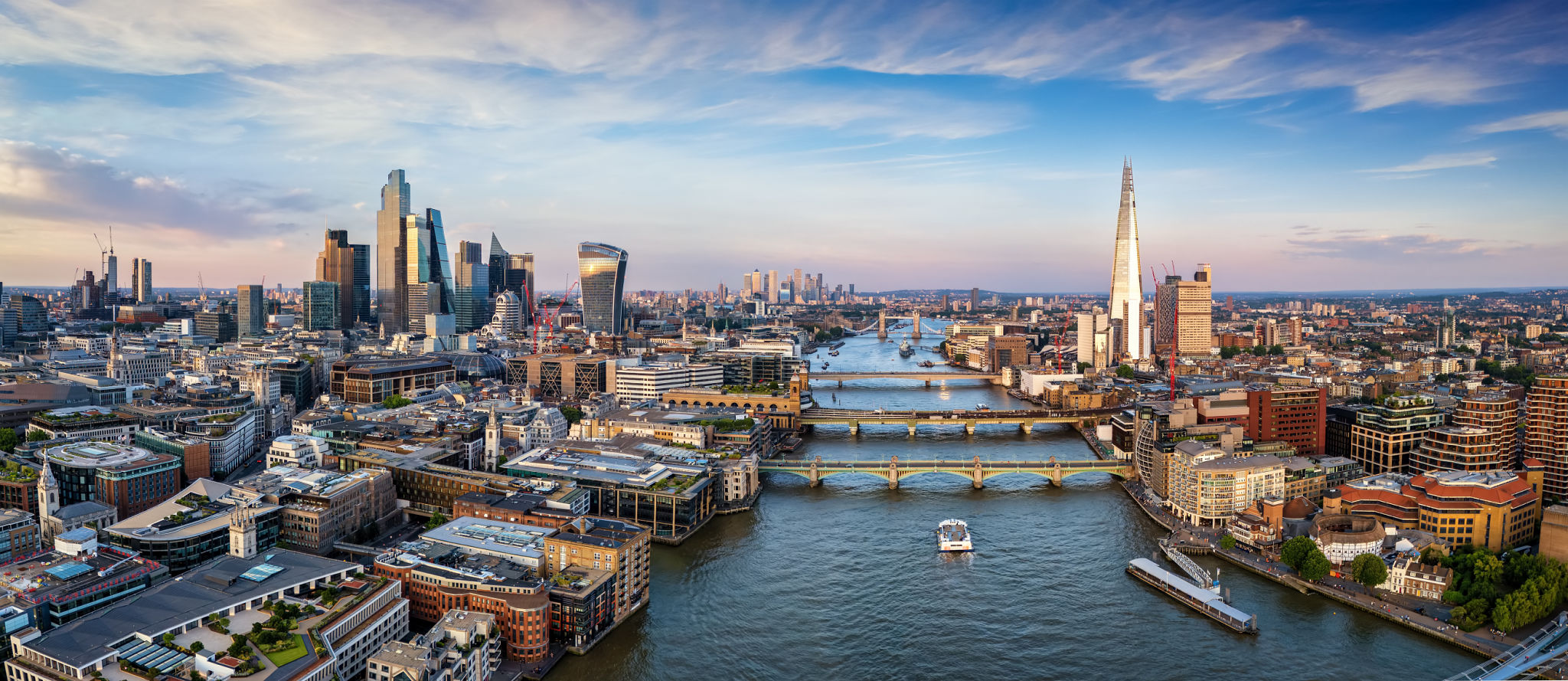Understanding Local Construction Regulations in London
Introduction to Local Construction Regulations
London is a bustling metropolis with a rich architectural history and a continuously evolving skyline. For anyone involved in construction, understanding local regulations is crucial. These regulations ensure that buildings are safe, environmentally friendly, and in harmony with the city’s aesthetics. This guide aims to provide an overview of the key aspects of construction regulations in London.

Planning Permission
Before breaking ground on any construction project, securing planning permission is often a necessary step. This permission ensures that the proposed structure fits within the city’s development plan. London's borough councils handle planning applications, and it’s essential to familiarize yourself with the specific requirements of the borough where your project is located.
Key considerations include the building's height, its impact on the surrounding area, and adherence to heritage conservation regulations if the site is within a protected area. Failing to obtain proper planning permission can result in fines or even orders to reverse unauthorized work.
Building Regulations
While planning permission focuses on the external aspects of a building project, building regulations address the internal standards. These regulations cover aspects such as structural integrity, fire safety, energy efficiency, and accessibility. Compliance with these standards is mandatory and helps ensure that buildings are safe and sustainable.

London’s building regulations are periodically updated to incorporate new technologies and practices. It’s important for developers and builders to stay informed about these changes to avoid potential setbacks in their projects.
Environmental Considerations
London places a strong emphasis on sustainability in construction. Environmental considerations include energy-efficient designs, reduced carbon footprints, and effective waste management practices. The city encourages the use of renewable energy sources and sustainable materials to minimize environmental impact.
Developers may need to conduct environmental assessments and submit reports detailing how their projects will address ecological concerns. These measures contribute to a greener London and align with broader goals for urban sustainability.
Health and Safety Regulations
Ensuring the health and safety of workers and future occupants is a critical component of construction regulations. London enforces strict health and safety standards on construction sites to prevent accidents and injuries.

Construction companies must implement comprehensive safety plans, conduct regular inspections, and provide adequate training for their staff. Adhering to these regulations not only protects workers but also builds trust with clients and the public.
Conclusion
Navigating local construction regulations in London can be complex, but it is an essential part of any successful building project. By understanding planning permissions, building standards, environmental considerations, and health and safety requirements, developers can help ensure that their projects are compliant and efficient.
For anyone planning to embark on a construction project in London, consulting with local authorities and seeking expert advice can be invaluable. This proactive approach can facilitate smoother project progression and contribute positively to the city’s dynamic urban landscape.
